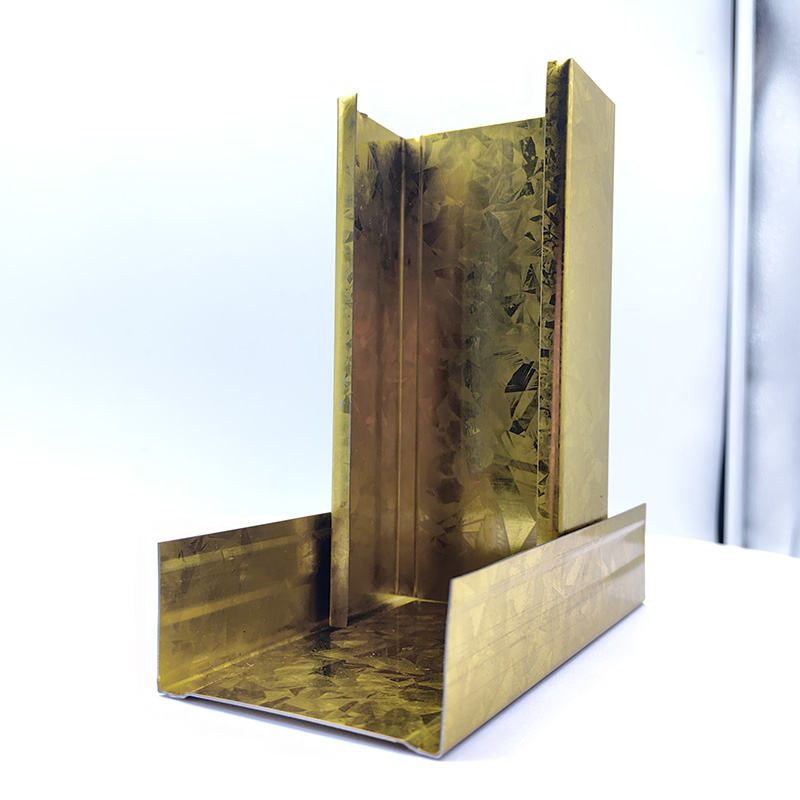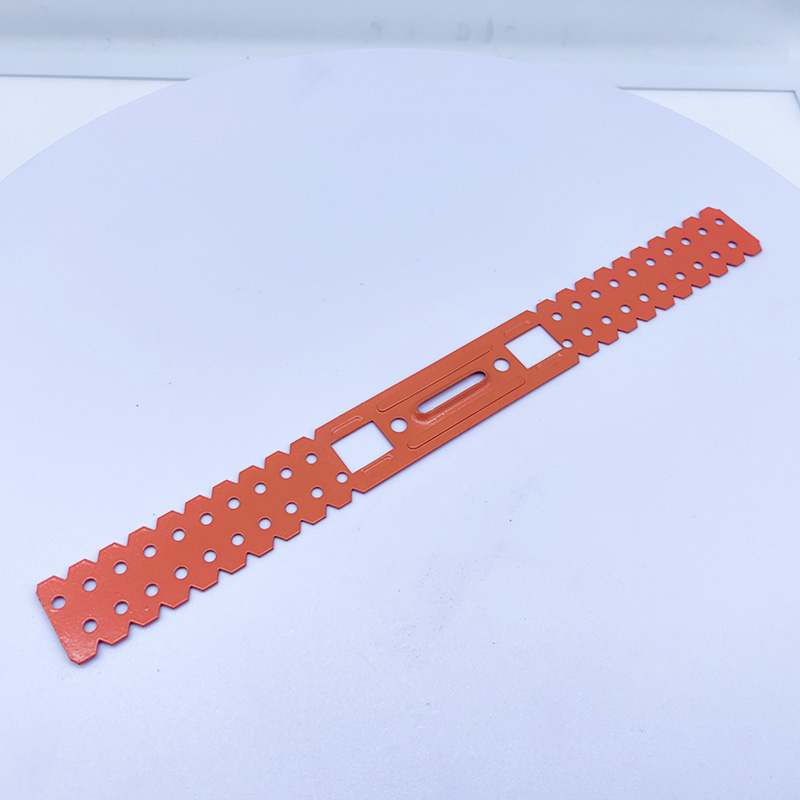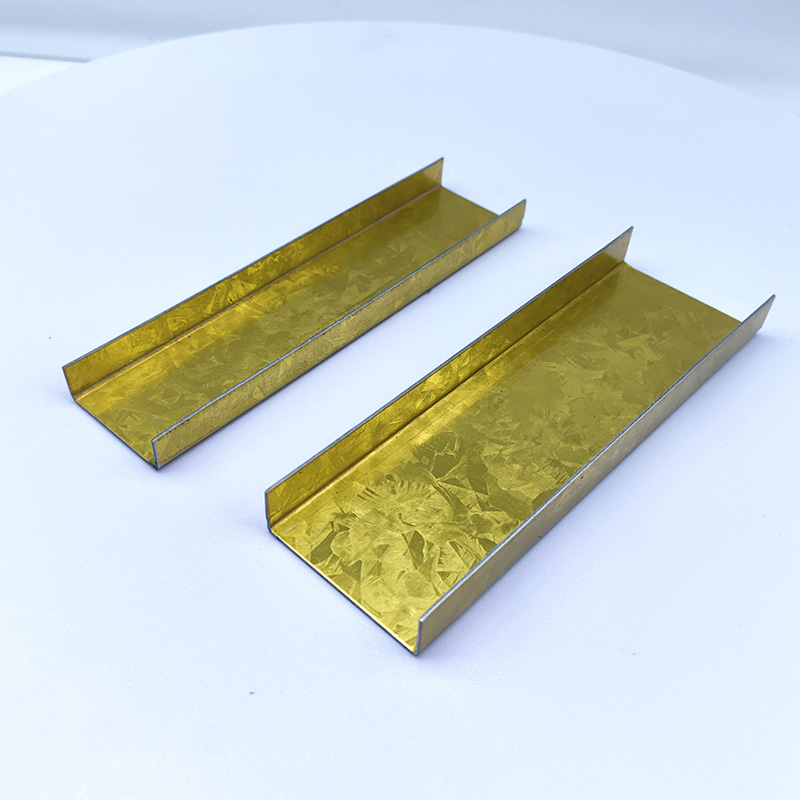Common Applications and Design Case Studies of Light Steel Wall Systems
2025-01-04 20:24:29
1. Introduction
Light steel walls are a widely used modern building material, gradually replacing traditional brick and concrete walls due to their unique advantages. These walls not only offer superior seismic resistance and energy efficiency but also allow for faster construction, significantly improving overall building efficiency. Compared to traditional walls, light steel walls perform excellently in various types of buildings.
This article will explore the common application scenarios of light steel walls and share some innovative design case studies, helping readers better understand the role of this building material in modern architecture, especially its contribution to technological progress and sustainable development in the construction industry.
2. Common Applications of Light Steel Walls
1. Residential Buildings
The use of light steel walls in residential buildings has become increasingly mature, particularly in modern housing. Whether for villas, duplexes, or apartments, light steel walls offer flexible design solutions. Due to their lightweight and easy construction, they are especially suitable for high-rise and large-span buildings. Compared to traditional walls, light steel walls effectively reduce structural load and shorten construction periods.
2. Commercial Buildings
The application of light steel walls in commercial buildings, especially in retail spaces like shopping malls and supermarkets, is becoming more widespread. Since light steel walls can be flexibly adjusted according to the space's function, they allow for rapid responses to market demands and provide more efficient construction solutions. In office buildings and business towers, light steel walls also offer excellent adaptability, meeting various requirements for building safety, soundproofing, and environmental standards.
3. Industrial Buildings
Industrial buildings such as factories and warehouses have higher demands on wall systems. Light steel walls, with their strong seismic and fire-resistant properties, make an ideal choice for these structures. In specialized industrial environments, such as high-temperature or humid conditions, light steel walls also perform well in terms of weather resistance and stability, greatly extending the service life and safety of industrial buildings.
4. Public Buildings
The use of light steel walls in public buildings like schools, hospitals, and libraries has become increasingly common. These buildings typically require high standards for environmental protection, sound insulation, and seismic resistance. With proper design, light steel walls can meet these stringent requirements. Additionally, light steel walls are frequently used in sports halls, theaters, and other recreational spaces, providing more flexible and multifunctional space designs.
3. Design Case Studies of Light Steel Walls
1. Classic Case Studies
Many well-known domestic and international buildings have adopted light steel wall technology. For example, in modern urban complexes and commercial towers, the use of light steel walls has greatly enhanced spatial efficiency and building safety. The design concepts in these classic cases often focus on spatial flexibility and structural stability, with light steel walls providing strong support for these elements.
2. Innovative Design Cases
With the continuous development of new technologies and materials, the design of light steel walls is also evolving. For instance, certain projects have successfully created energy-efficient, environmentally-friendly, and sustainable buildings by integrating high-performance soundproofing materials and eco-friendly coatings. These cases not only maximize the functionality of the buildings but also promote progress in green development and smart construction in the building industry.
3. Case Analysis and Insights
By analyzing these cases, we can identify successful factors in light steel wall design, such as efficient construction methods, energy-efficient material choices, and flexible spatial layouts. However, there are also areas for improvement, such as controlling material costs and further enhancing fireproof, soundproof, and thermal insulation properties. Future designs can focus on optimizing these areas to improve the market acceptance of light steel walls.
4. Advantages and Challenges of Light Steel Walls
1. Advantages
· Fast Construction Speed: Since components of light steel walls can be prefabricated in factories, on-site installation requires minimal construction work, greatly reducing construction time.
· Energy Efficiency and Environmental Protection: The materials used in light steel walls effectively reduce energy consumption, meet environmental standards, and comply with green building requirements.
· Excellent Seismic Resistance and Safety: Light steel walls have superior seismic resistance and a high safety factor, making them suitable for earthquake-prone areas and other natural disasters.
2. Challenges
· Material and Construction Cost Control: Despite the fast construction speed, the material cost of light steel walls is relatively high, and the equipment and worker training costs can also be significant.
· Improvement of Fireproof, Soundproof, and Insulation Properties: Currently, the fireproof, soundproof, and thermal insulation performance of light steel walls can still be improved, requiring innovation in technology and materials.
· Market Awareness and Acceptance: Although light steel walls are gradually being adopted worldwide, traditional wall systems still dominate in certain regions and sectors, requiring further efforts to raise market awareness.
5. Conclusion and Outlook
As a new type of building material, light steel walls, with their efficiency, environmental benefits, and safety features, have extensive applications across residential, commercial, industrial, and public buildings. Through the design case studies shared, we can see the potential of light steel walls in modern architecture. Particularly in today's world, where energy efficiency, environmental protection, and sustainable development are increasingly important, light steel walls will play an increasingly vital role.
In the future, with continuous technological and material innovation, light steel walls will further enhance their market competitiveness, address current challenges, and drive the construction industry toward greener and smarter development.

A Double Anti-Rust Gold Partition Wall Stud is a type of steel stud commonly used in the co...

A CD UD Profile Furring Clip U Clamp is a type of metal fastening component used in the ins...

A 60mm Ceiling Grid refers to a type of suspended ceiling system, commonly used in commerci...

38mm Main Tee and 50mm Main Tee refer to the widths of the main tee profiles used in suspen...

